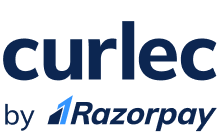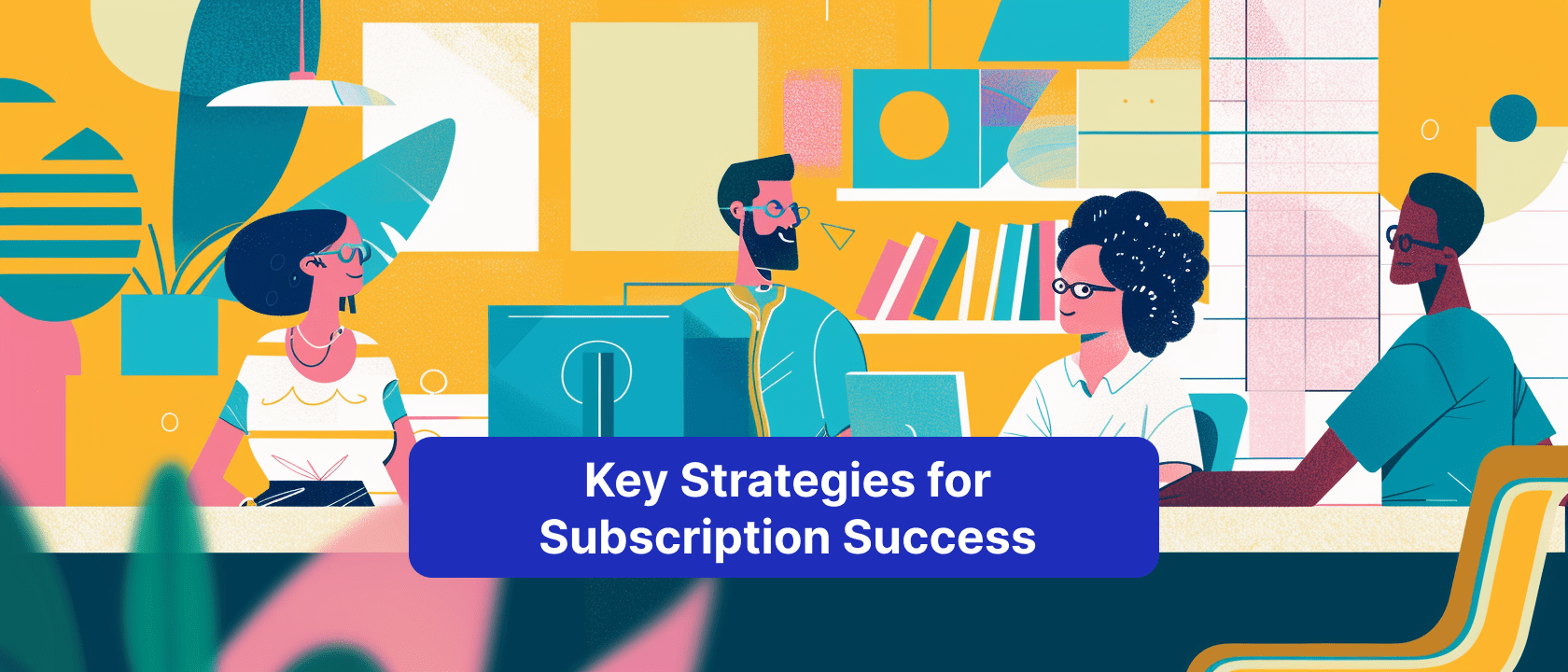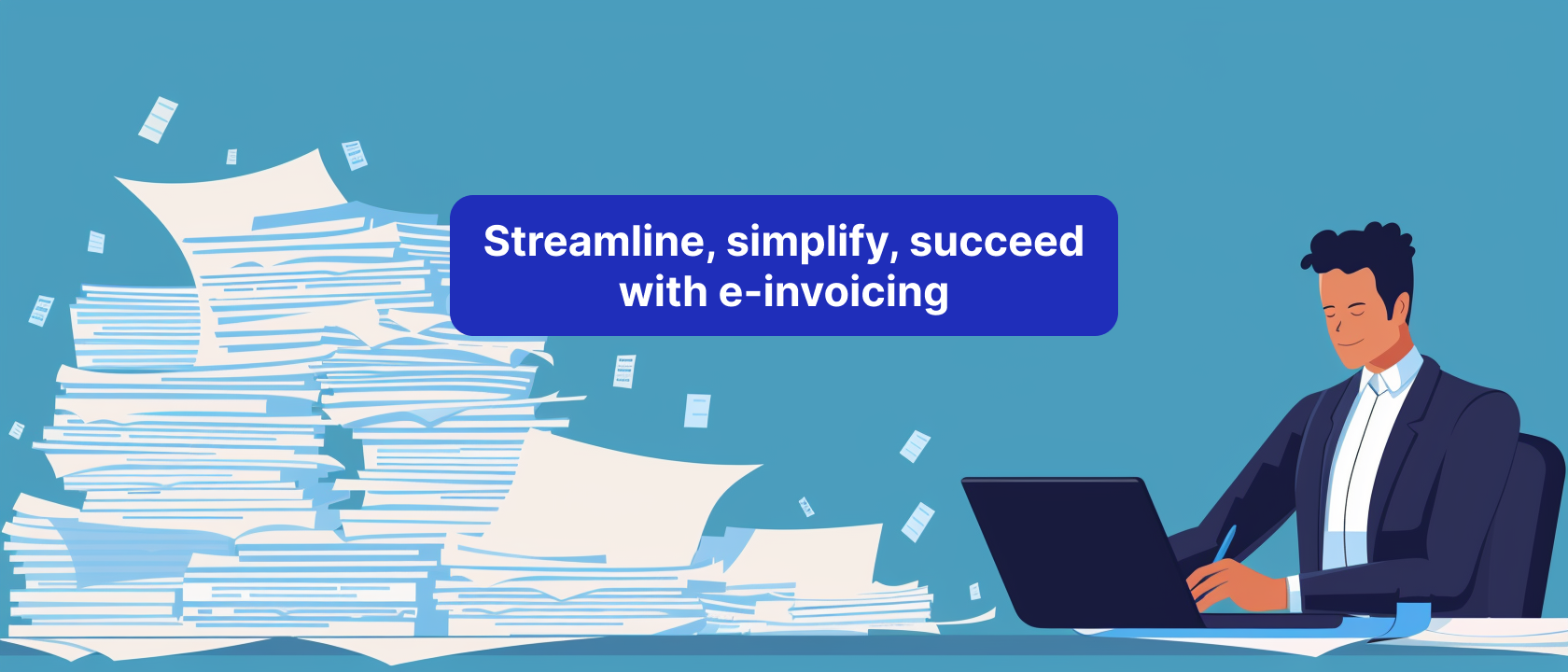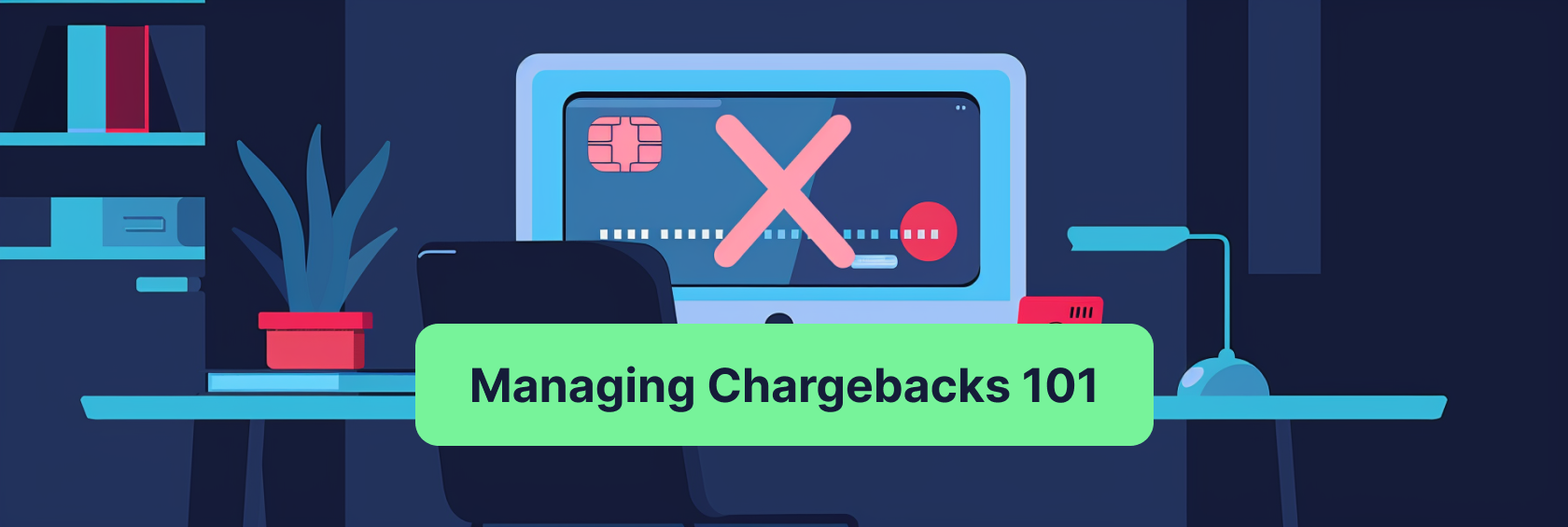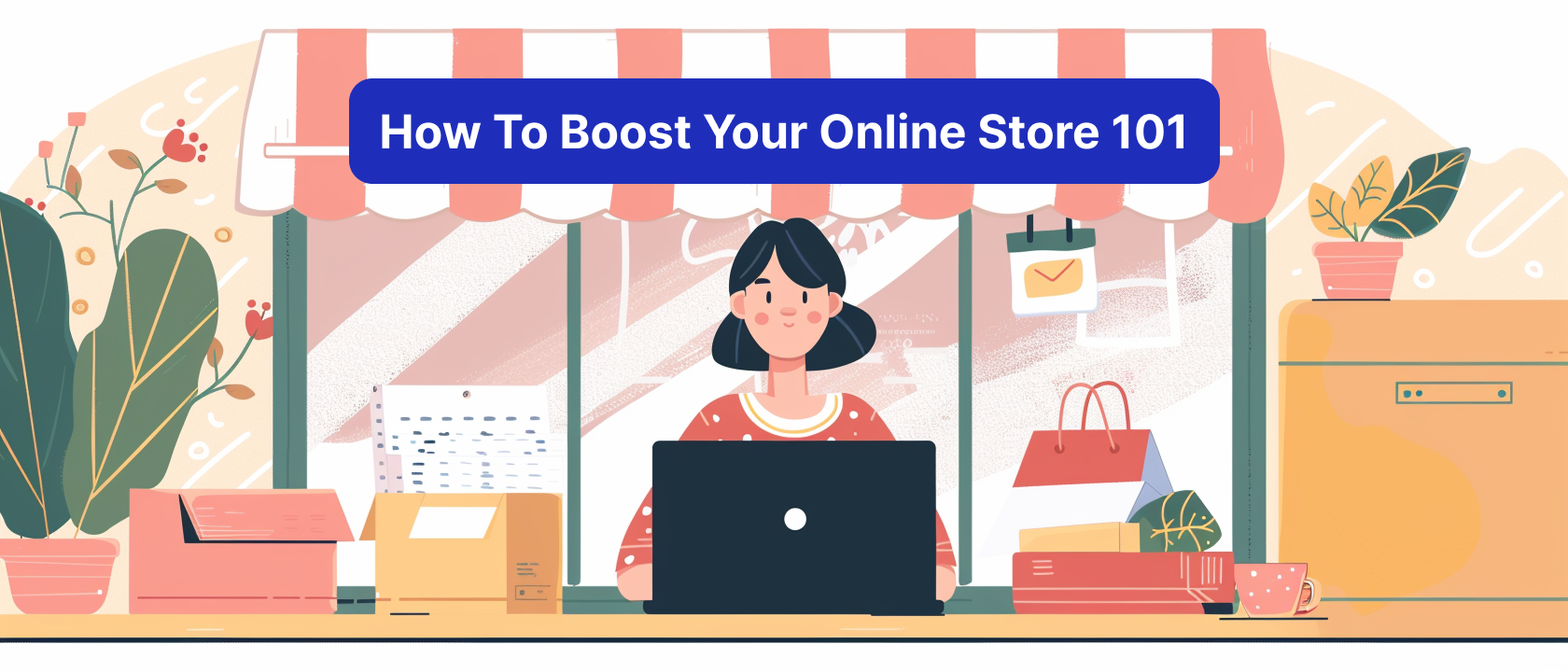
Curlec x Seedflex Instant Financing Solution: Revolutionising Business Loans
Curlec has long been dedicated to serving the underserved, revolutionising payment solutions for burgeoning entrepreneurs and more. So when Seedflex emerged on the horizon, it
